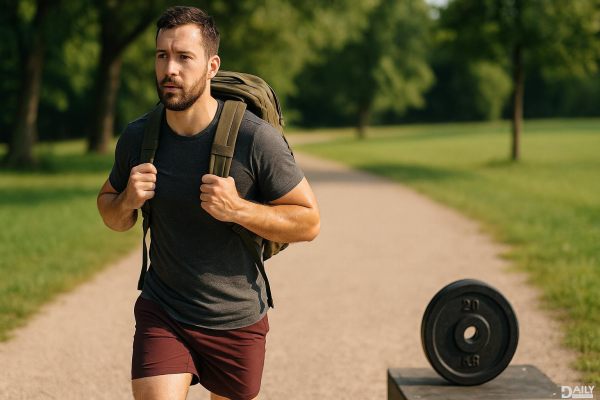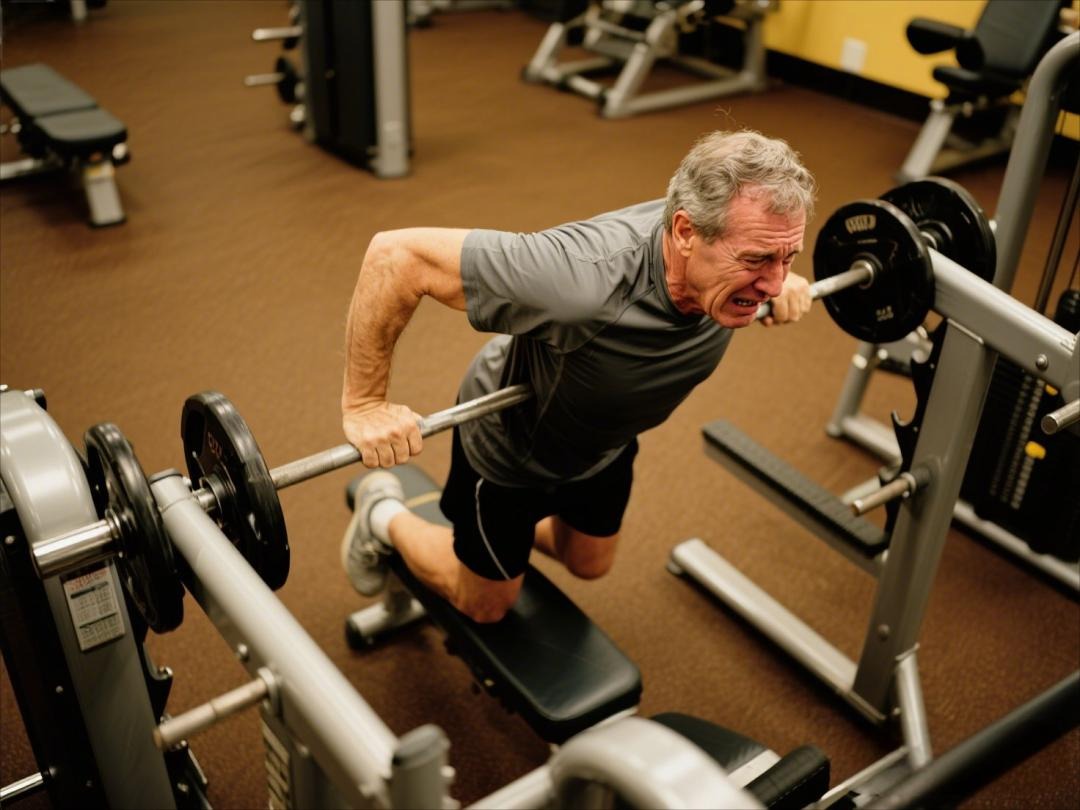Rucking—walking or hiking with added weight—isn’t just a military training tactic anymore. It’s exploded into mainstream fitness, and for good reason. This low-impact, high-reward workout combines cardio and strength training, making it a killer way to boost endurance, build muscle, and even improve mental health. Whether you’re hauling groceries or strapping on a weighted vest, you’re already halfway there. But if you want to take it to the next level, here’s everything you need to know about rucking safely and effectively.
Why Rucking Is More Than Just Walking With Weight
At its core, rucking is functional fitness in action. Unlike isolated gym exercises, it mimics real-world movements—carrying groceries, lifting kids, hauling luggage—while also torching calories and strengthening muscles. The added resistance forces your body to work harder, engaging your core, legs, and upper body in ways regular walking just can’t. Plus, because it’s low-impact, it’s gentler on joints than running or high-intensity workouts, making it a solid option for people at different fitness levels.
The Science Behind Rucking’s Benefits
Research backs up what ruckers already know: This workout delivers serious results. A study in the Journal of Strength and Conditioning Research found that loaded marching (aka rucking) significantly improves aerobic capacity and muscular endurance. Another study in Ergonomics showed that military cadets who rucked regularly developed better lower-body strength and endurance compared to those who didn’t. And because it’s weight-bearing, rucking can also help maintain bone density—a major plus as we age.
Who Should (and Shouldn’t) Try Rucking?
Rucking is generally safe for most people, but it’s not a one-size-fits-all workout. If you have chronic back, neck, or shoulder issues, or conditions like plantar fasciitis, you’ll want to check with a doctor before strapping on extra weight. Similarly, if you’re recovering from an injury, ease into it—rucking adds compression to the spine, which could aggravate existing problems. But for most folks? It’s a fantastic way to level up their fitness without the wear and tear of high-impact workouts.
Gear Up: What You Need to Start Rucking
You don’t need a fancy setup to get started—just a sturdy backpack and some weight. But if you’re serious about rucking, investing in proper gear can make a big difference. A well-fitted rucksack with chest and waist straps keeps the load secure and prevents strain. Weighted plates or sandbags are ideal, but if you’re improvising, books or water bottles work too. Footwear matters too: Opt for supportive sneakers or hiking shoes, depending on your terrain. And don’t forget body glide or petroleum jelly to prevent chafing—trust us, your shoulders will thank you.
How to Ruck Like a Pro (Without Burning Out)
Start slow. If you’re new to rucking, begin with 10% of your body weight and a short distance—even a 15-minute walk around the block counts. Focus on posture: Keep your shoulders back, core engaged, and avoid leaning forward. As you build endurance, gradually increase weight, distance, or elevation. And listen to your body—if something hurts (beyond normal muscle fatigue), dial it back. The goal is sustainable progress, not instant burnout.
Rucking isn’t just a workout; it’s a mindset. It’s about embracing the grind, pushing your limits, and finding strength in simplicity. Whether you’re a fitness newbie or a seasoned athlete, adding weight to your walk can be a game-changer. So grab a pack, hit the trail, and see how far those extra pounds can take you.
























